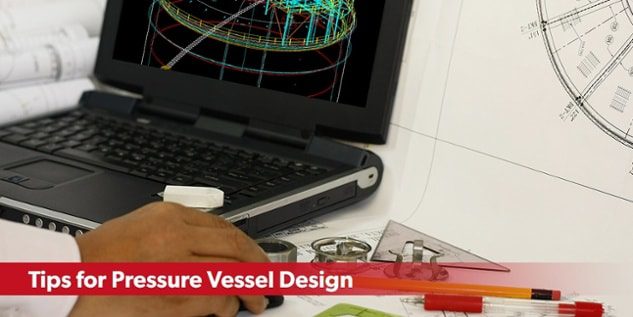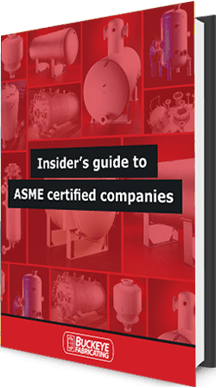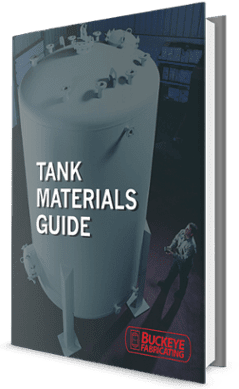The design of pressure vessels is carried out by engineers with extensive knowledge and understanding of pressure vessel design codes. Despite this, not all pressure vessels perform as expected and many require repair or replacement before their design life span is reached.
Some of the reasons lie in a lack of understanding of the environment surrounding the pressure vessel that impose unexpected loads and process conditions on the vessel. Here are four design tips that can help designers avoid some of these pitfalls.
Verify the Process Parameters
The design brief will contain relevant information regarding the intended use of the pressure vessel. The design process begins according to these parameters under the assumption that the author understands the entirety of the process. Although this is a reasonable approach, the author of the brief may not actually understand how process variations could affect the integrity of the pressure vessel design. For this reason, the information needs to be carefully scrutinized and clarification obtained regarding any points that are not clear.
The designer needs to be fully informed on unusual process conditions that are likely to occur, especially those related to temperature extremes, pressure variations and chemical concentrations. If the new pressure vessel design is for a replacement tank, it’s sound policy to establish the reasons why the old vessel is being replaced. As an example, there may have been unexplained corrosion or cracking may have occurred as a result of unanticipated process variations.
Nozzle Loads
The careful design and placement of nozzles is very important for trouble-free operation. Pressure vessel design should always take into account the additional loads imposed on the nozzles by the attached piping. This should include information about how the pipework is supported and how it accommodates movement that occurs as a result of the expansion and contraction of the pressure vessel and surrounding piping as it is thermally cycled. This helps reduce the incidence of cracking around nozzles caused by stresses imposed by inflexible and heavy pipework.
Materials of Construction
Customers often specify preferences for the materials used to fabricate a pressure vessel. These choices will range from materials that lower the fabrication cost through to expensive materials that have a good appearance and resist weathering and corrosion. Although it’s a given that the material should be suitable for the application, consideration should also be given to designing for the lowest total cost of ownership. This includes taking into account the anticipated rate of corrosion, the expense of maintaining internal and external protective coatings and the potential risk of stress corrosion cracking, which can all be exacerbated by material choices.
Take All Factors into Account
When preparing a specification for a pressure vessel, it’s imperative that consideration is given to all external factors that may have impact on the pressure vessel. Additionally, designers need to carefully review the specifications they receive to ensure that crucial information that could have a material impact on the life and reliability of the pressure tank is provided.


 ASME Informational
ASME Informational Tank Materials
Tank Materials